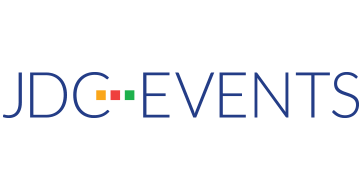13 May Using Audience Personas to Shape Events
After our recent Digital Debrief on event pricing, we received several follow-up questions on audience personas. We thought we’d take a deeper dive into this topic here at the JDC Events blog.
As we discussed in our Digital Debrief, defining audience personas can help answer the question of how much to charge for digital event registration. When you know your audience, you can determine how they perceive the value of your event and how much invested interest they have in it, which can guide decisions on how much they’re willing to pay to attend. However, the value of knowing your audience personas extends far beyond pricing; it can also drive marketing strategy and content development. By clearly defining your event participants, you can tailor every aspect of your event planning to meet their needs.

How do I create audience personas?
First, let’s define “audience persona.” A persona is a holistic understanding of a segment of your target audience, shaped by demographic information and internal motivators. An event will, most likely, cater to a variety of personas, each representing one type of person that populates your event’s ecosystem.
For example: Say you’re hosting a conference for music educators. Your attendees include elementary-school music teachers, private tutors, band teachers, and music therapists. Your speakers include all of these, plus professional musicians and child psychologists. The conference also includes a small trade show comprised of instrument-makers and curriculum developers.
Personas can be crafted for each of these participant types. After all, the private tutor’s primary motivation for attending your event (to learn best practices in music education) will be different than the instrument-maker’s motivation (to sell their products). In order to cater to each type of participant, the planner must understand the unique characteristics that define them.
To begin crafting personas, analyze your current participants’ demographic information. What industry sectors do they belong to? How far along are they in their careers? Are they owners, managers or rank-and-file employees? These questions all begin to shape a planner’s understanding of participants’ mindsets, budgets and purchasing power.
Where do they live? How old are they? Are they predominantly male or female? By defining these characteristics, a planner can begin to get a sense of what kinds of marketing and branding will resonate with the audience, as well as what kinds of content and experiences they might find attractive.
By combining demographic data with an organizer’s intrinsic understanding of their audience, planners can divide participants into the segments that form the foundation of each persona. Once the audience is segmented, planners can then take a deeper dive into what motivates the behavior of each group.
While demographic analysis relies on data that the organizer likely already has in hand, the next step requires audience outreach, either through surveys or interviews. Here you’re trying to get to the “what” and the “why” of participant engagement.
Questions to ask include:
- What do they expect to get out of your event?
- What kinds of content do they value?
- What sets your event apart from your competitors?
- Why do participants attend every year?
With answers to these questions, the bigger picture comes into focus, and it’s possible to create a more complete persona. Outreach can be a labor-intensive process, but it yields results that add rich texture and depth to your understanding of the people who attend your event.

How can I use personas when planning an event?
Let’s start with pricing, since that’s what we focused on in our Digital Debrief. If you’ve set a flat registration fee, study your personas to get a sense of how much they value your event. If participants perceive your event as a must-attend experience that offers networking and learning opportunities that are unavailable anywhere else, that may guide your price point higher. Conversely, if your participants are early in their careers and their organizations face tight budgets, that may lead you toward a lower price.
Once you introduce variable pricing, things get more interesting. If different personas are attracted to different parts of your event, perhaps packages with tiered pricing are appropriate. In our fictitious music education example, private tutors especially value certification they can receive by attending event workshops, whereas band teachers attend mostly for the trade show and networking. Think about how you can create packages that entice various personas. It is essential, however, to consider the participant mix you want to aim for. If your event skews too heavily toward one group, it may limit networking opportunities and idea exchanges.
Perhaps you have one particular persona that can sway others to attend. Whether you regard this group as influencers, VIPs or buyers, there may be value in offering them incentives to come and promote their attendance.
Beyond pricing, understanding event personas can be invaluable in planning and marketing an event. If your participants are comprised primarily of corporate managers, skip promoting the event on TikTok and focus on LinkedIn instead. If your participants are stretched across the United States, set conference times that balance the needs of attendees on the East and West Coasts. If your participants are young multitaskers, make sure sessions are short and there are lots of engagement opportunities to keep their attention. If your participants value CEUs, offer them.
The list goes on, but the point is that by understanding the kinds of people who attend your event, you can easily navigate the myriad decisions and crossroads that come with the planning process. With each decision, you can ask yourself: How does this serve my participants? Does this match their expectations? Will it resonate with them? By using personas as a guidepost, planners can rest assured that their decisions are leading the event in the right direction.
The bottom line:
Attendee personas can be a beacon that directs the planning process toward success, from establishing pricing, to creating a marketing plan, to developing content and beyond.



